Events and Parties
Editors’ Picks: 13 Things to See in New York This Week
Some of the city's biggest museums have exhibitions opening this week.
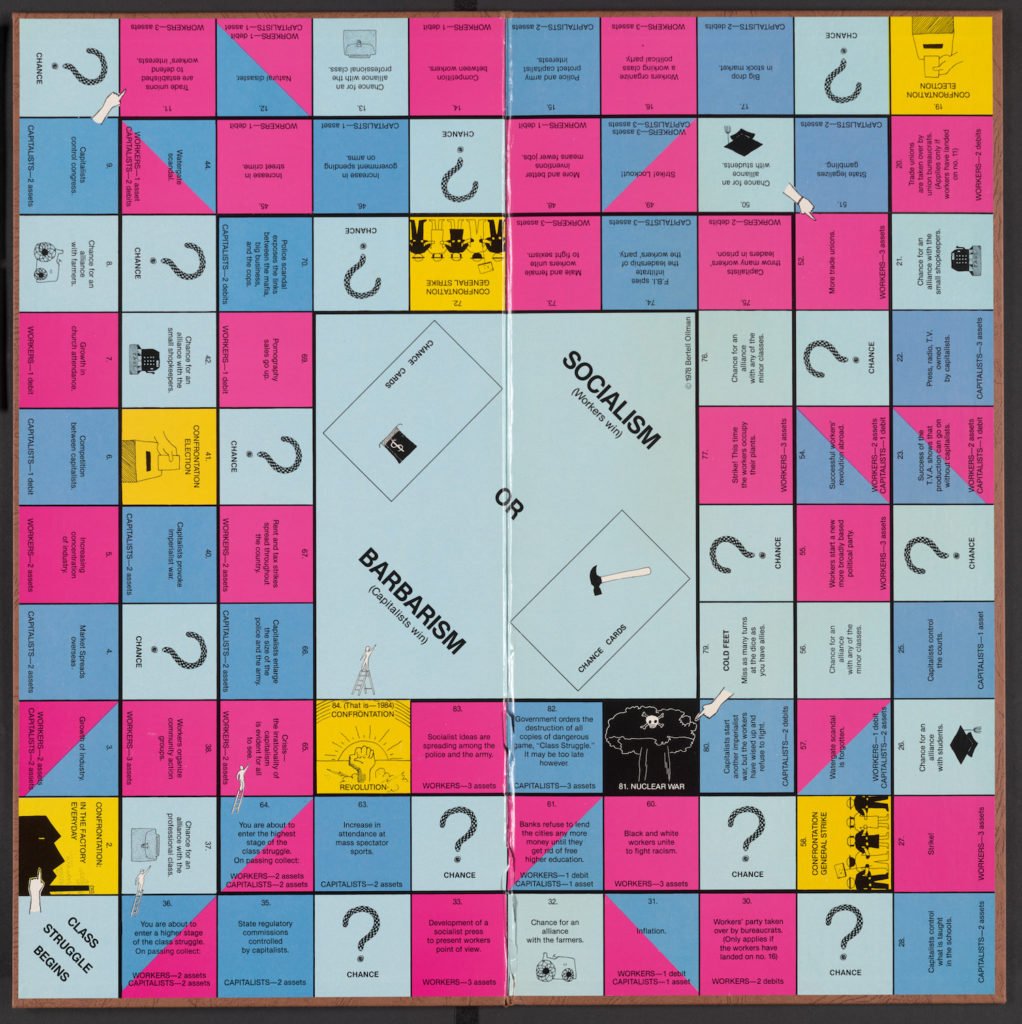
Some of the city's biggest museums have exhibitions opening this week.

Sarah Cascone

Each week, we search New York City for the most exciting and thought-provoking shows, screenings, and events. See them below.
Monday, February 5
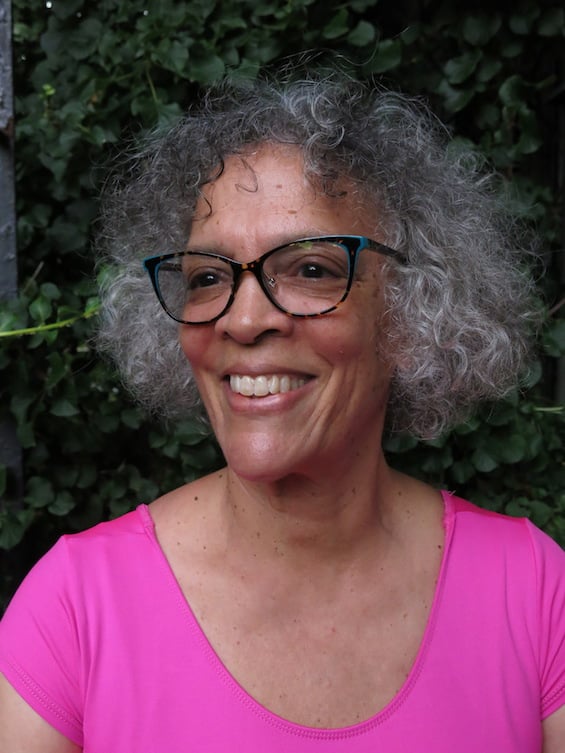
Maren Hassinger. Courtesy the artist and Cooper Union.
1. Maren Hassinger, “Fight the Power and Other Tales of Survival” at the Cooper Union
Director of the school of sculpture at Maryland Institute College of Art, artist Maren Hassinger has since the 1970s pursued a practice that spans documentary video, body-based performance, and feminist reclamation of “women’s work,” often in site-specific fashion. Her work can be found in collections from the Studio Museum in Harlem to the San Francisco Museum of Modern Art. She was also included in the acclaimed Brooklyn Museum exhibition “We Wanted a Revolution.” (This talk is part of a series of lectures by artists, architects, and other creators.)
Location: Cooper Union, 41 Cooper Square (on Third Avenue between 6th and 7th Streets)
Price: Free
Time: 7 p.m.
—Brian Boucher
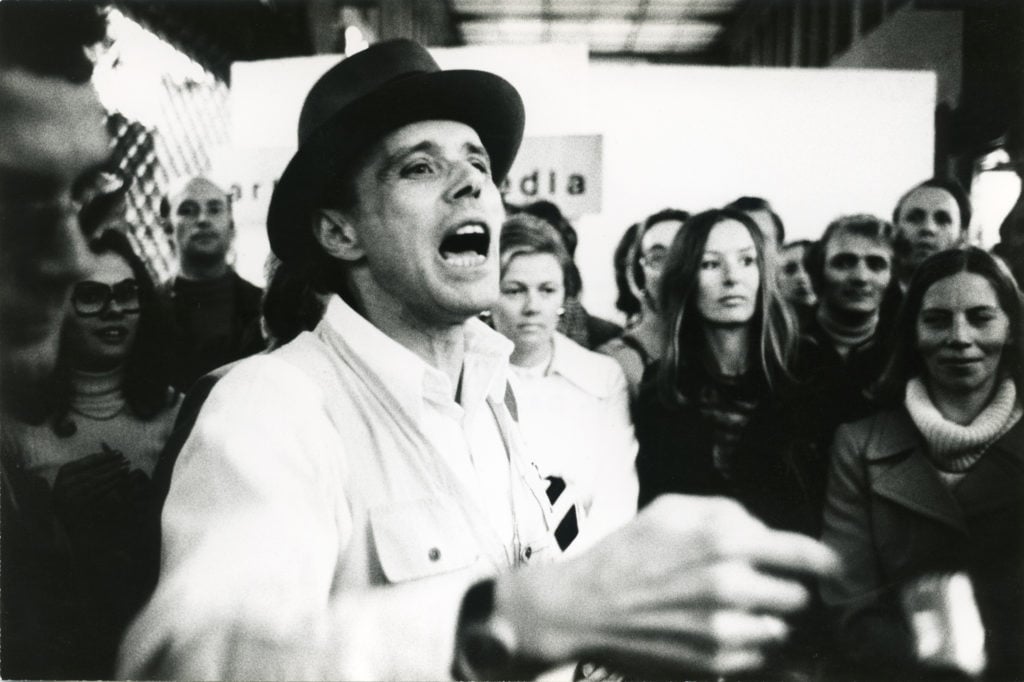
Still from Andres Veiel’s Joseph Beuys. © Zero One Film/bpk, Ernst von Siemens Kunststiftung, Stiftung Museum Schloss Moyland. Original photo © Ute Klophaus. Photo courtesy of Film Forum.
2. “Beuys” at Film Forum
When people outside the art world parody people inside it, I sometimes feel like 90 percent of the tropes they use can be traced back to Joseph Beuys. Whether slathering his face in gold and honey while playing docent to a hare’s corpse or lecturing a generation of students on how to explode the notion that some invisible membrane separates art and life, he remains utterly confounding to a general audience precisely because he was utterly revolutionary to art history. And there may be no livelier capsule of Beuys’s disruptive glory than Andres Veiel’s new documentary, extended through this week at Film Forum.
Location: Film Forum, 209 West Houston Street, west of Sixth Avenue
Price: $9 for members; $15 for non-members
Time: 6:50 p.m. nightly, through Friday, February 9
—Tim Schneider
Tuesday, February 6–Sunday, May 27

Leon Golub’s Gigantomachy II (1966). Photo courtesy of the Nancy Spero and Leon Golub Foundation for the Arts and Hauser & Wirth/the Metropolitan Museum of Art.
3. “Leon Golub: Raw Nerve” at the Met Breuer
In 2016, the Nancy Spero and Leon Golub Foundation for the Arts donated Leon Golub’s massive Gigantomachy II (1966) to the Met. That massive canvas now serves as the centerpiece of an exhibition surveying the artist’s long career. According to the exhibition description, “Golub’s unflinching portrayals of power and brutality have profound relevance today, as does his belief in the ethical responsibility of the artist.”
Location: The Met Breuer, 945 Madison Avenue
Price: $25 suggested admission
Time: Sunday, Tuesday–Thursday, 10 a.m.–5:30 p.m.; Friday and Saturday, 10 a.m.–9 p.m.
—Sarah Cascone
Tuesday, February 6
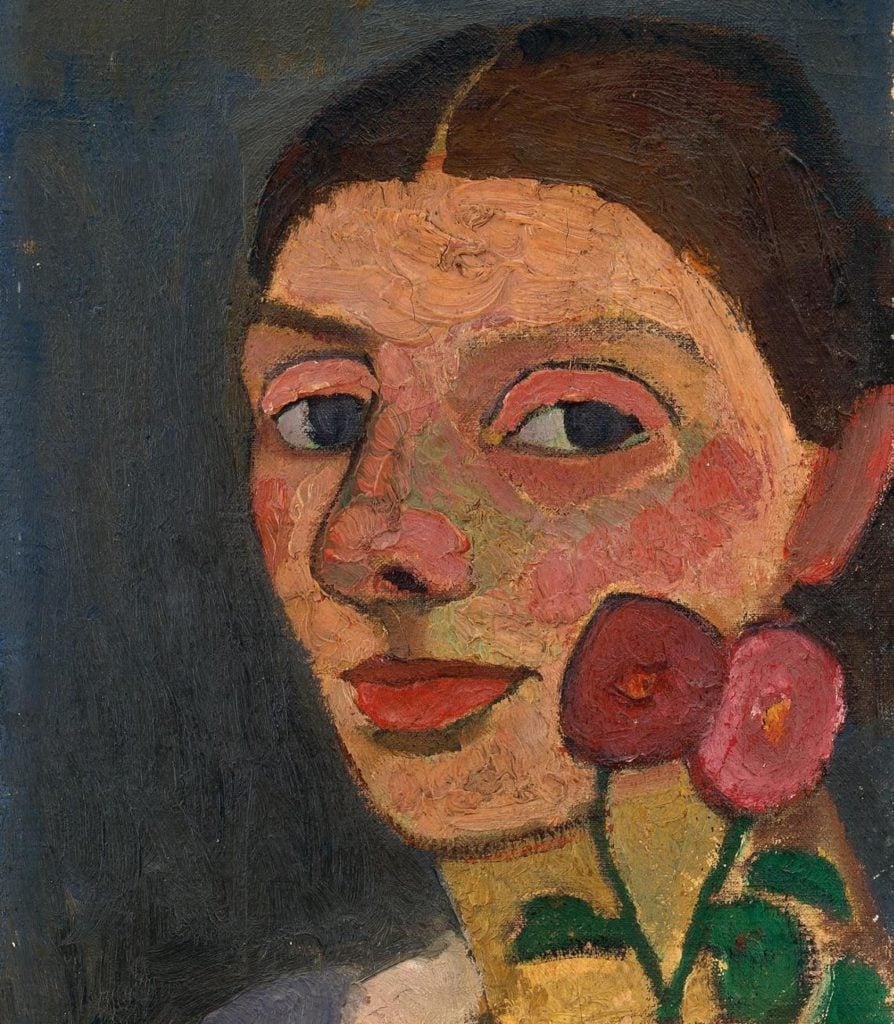
Paula Modersohn-Becker’s Selbstbildnis mit zwei Blumen in der erhobenen linken Hand (Self-Portrait with Two Flowers in Her Raised Left Hand), 1907, detail. Image courtesy of the Museum of Modern Art and the Neue Galerie.
4. POWarts Book Club: You Must Change Your Life With Rachel Corbett at Pen and Brush
The POWarts Book Club welcomes Rachel Corbett, deputy editor of artnet News, to talk about her award-winning book, You Must Change Your Life: The Story of Rainer Maria Rilke and Auguste Rodin. Though the title names two men, the book also explores the lives and careers of women artists Camille Claudel, Clara Westhoff, and Paula Modersohn-Becker.
Location: Pen and Brush, 29 East 22nd Street
Price: Free
Time: 6:30 p.m.–8 p.m.
—Sarah Cascone
Wednesday, February 7
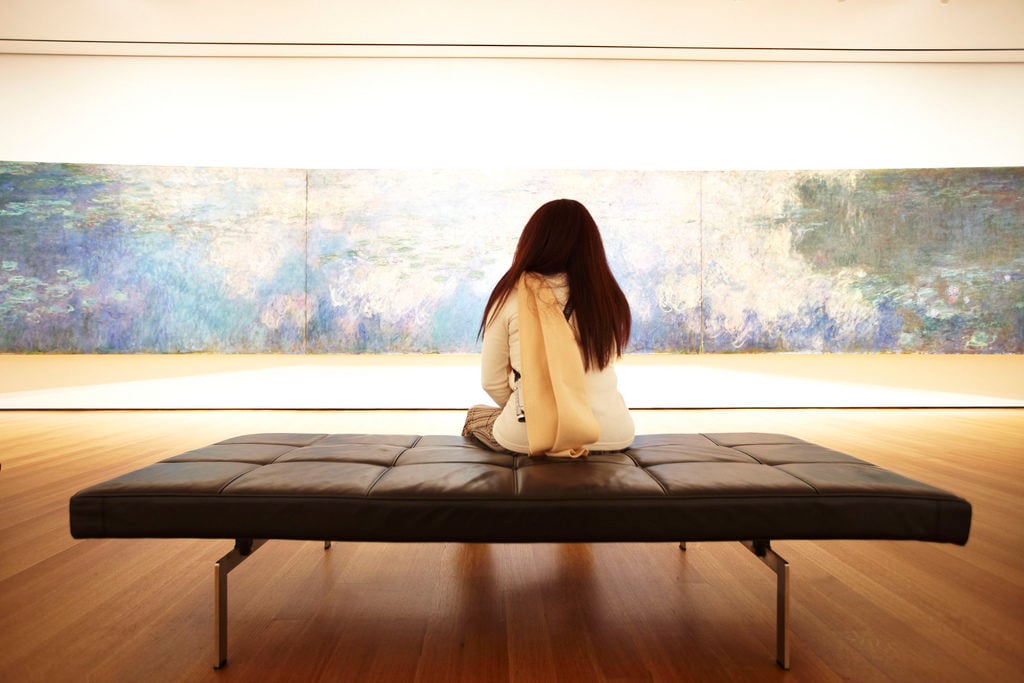
A MoMA visitor with Claude Monet’s Reflections of Clouds on the Water-Lily Pond. Courtesy of Jason Brownrigg, the Museum of Modern Art.
5. Quiet Mornings at the Museum of Modern Art
To go to the Museum of Modern Art usually means having to fight your way through the other two-and-a-half million people who visit each year to see the art and deal with a cacophony of chatter and beeping cell phones (sorry, but it’s true). Pony up a few bucks (less than normal admission!) to get quieter galleries and even participate in a meditation led by Gemma Gambee with music by Grammy winner Sonya Kitchell.
Location: Museum of Modern Art, 11 West 53rd Street
Price: adults $15, seniors $12, full-time students with current ID $10, children (16 and under) free
Time: 7:30 a.m.–9 a.m.
—Brian Boucher
Thursday, February 8–Sunday, March 11
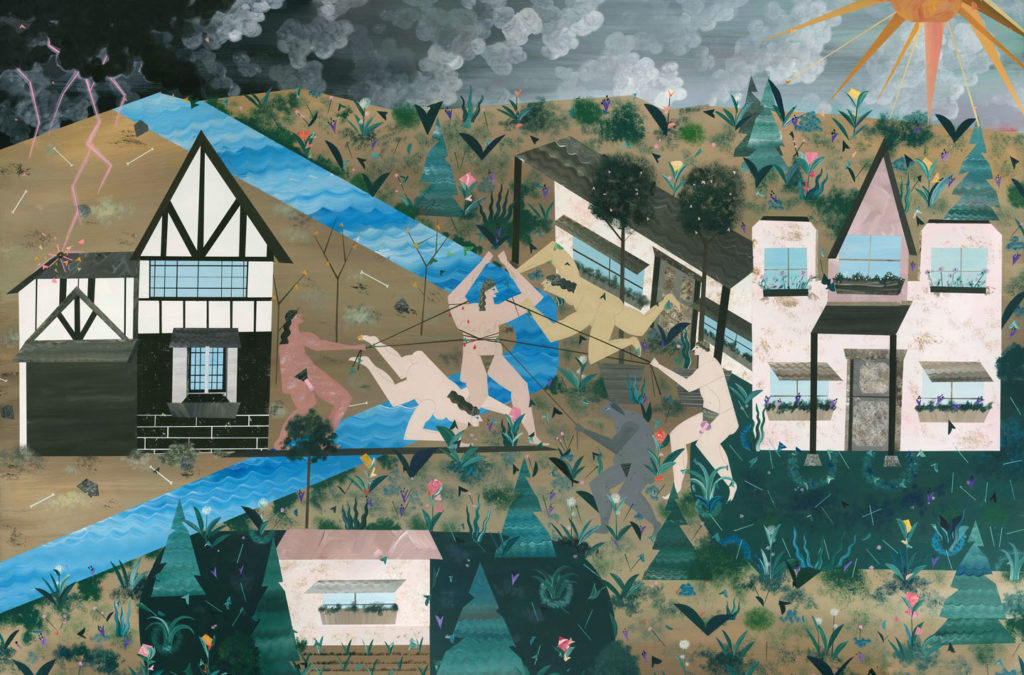
Andrea Joyce Heimer’s I am too tired to pull this way. What if one step is too far in the opposite direction, between the two places, and in which direction? (2017). Image courtesy of Nichelle Beauchene.
6. “Andrea Joyce Heimer: Fountainhead” at Nichelle Beauchene
Andrea Joyce Heimer gets her first full-scale solo show at Nichelle Beauchene, featuring paintings inspired by a 2015 law in her native Montana that would have given the artist, adopted as a baby, access to her original birth certificate and the names of her biological parents. Each canvas imagines a different, emotionally fraught scenario that could arise should she unseal her records, painted in a style reminiscent of the black and red figure drawings on Ancient Greek pottery.
Location: Nicelle Beauchene, 327 Broome Street
Price: Free
Time: Opening reception, 6 p.m.–8 p.m.; Wednesday–Sunday, 11 a.m.–6 p.m.
—Sarah Cascone
Thursday, February 8–Thursday, March 22
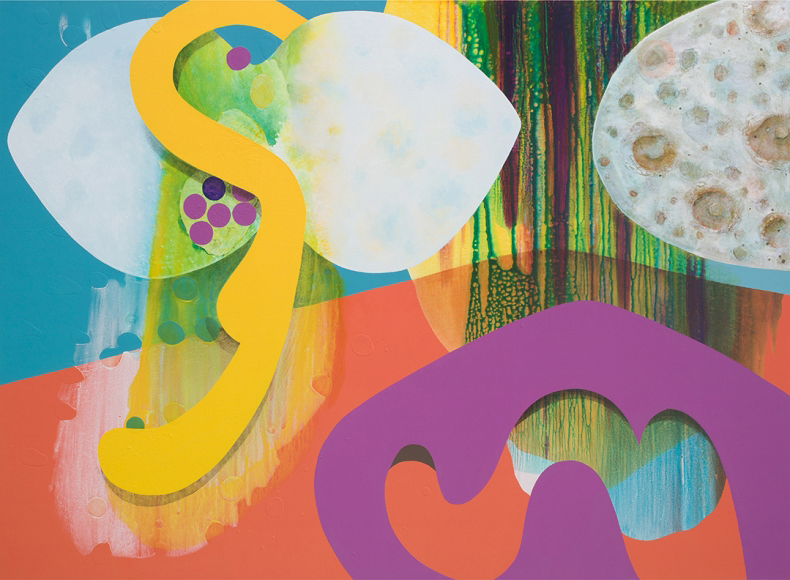
Carrie Moyer’s Return to Gynadoms (2018). Image courtesy of DC Moore Gallery, New York.
7. “Carrie Moyer: Pargan’s Rapture” at DC Moore Gallery
Seasonal affective disorder got you down? Carrie Moyer’s colorful, uplifting paintings are just what the doctor ordered. Per the gallery: “Overflowing with the seductions and materiality of color and paint, Moyer’s latest work rejects the relentlessly dour focus of the zeitgeist, proposing instead a kaleidoscopic worldview that embraces the sensual as much the rational.”
Location: DC Moore Gallery, 535 West 22nd Street
Price: Free
Time: Opening reception, 6 p.m.–8 p.m.; Tuesday–Saturday, 10 a.m.–6 p.m.
—Sarah Cascone
Friday, February 9
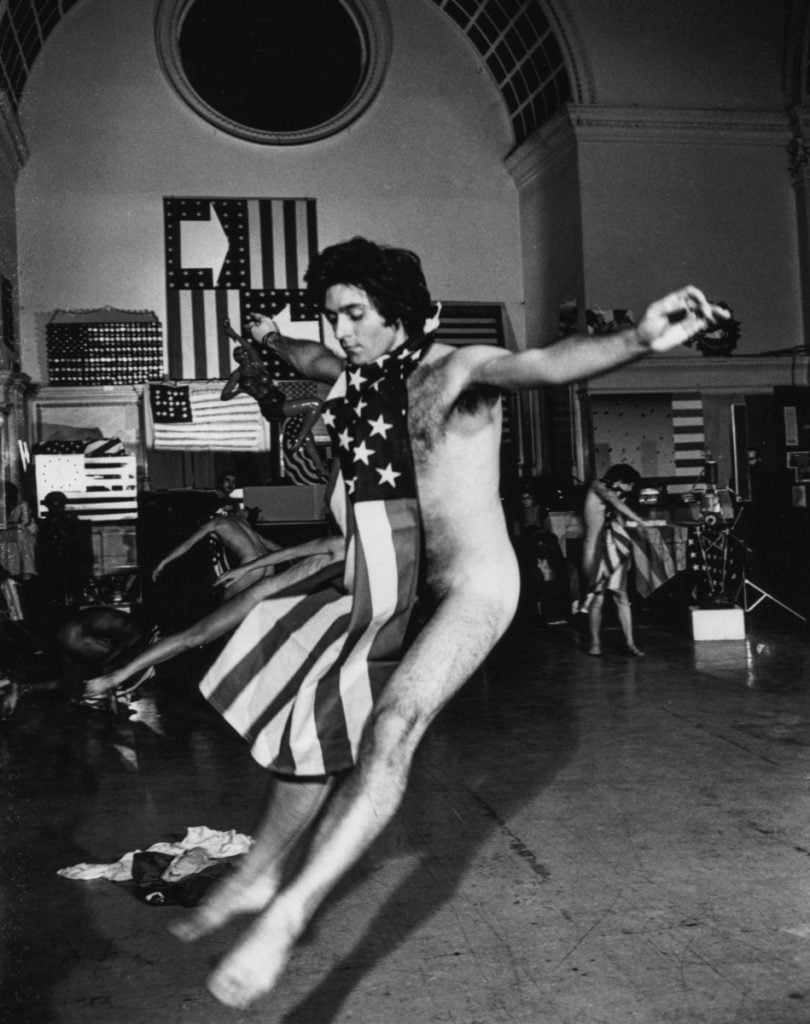
David Gordon in a performance of Trio A With Flags at Judson Memorial Church in 1970. Photograph by Peter Moore/©Barbara Moore/VAGA, NY.
8. “Exploring Postmodern Dance: Three Perspectives/Three Disciplines” at New York University
The 1960s were a creatively fertile period in the field of dance, which underwent a radical transformation during the decade, becoming more interdisciplinary. NYU Steinhardt professor Melissa Rachleff, who curated the “Inventing Downtown” exhibition at the Grey Art Gallery, will speak with panelists including MoMA performance curator Ana Janevski about the crossover between art and dance and the lasting effects of such experimentation.
The evening is part of the programming for “Exploring the Cultural, Social, and Political Transformation of Washington Square in the 1960s: NYU Special Collections Exhibition” (on view through May 16), curated by Rachleff and part of Carnegie Hall’s “The 60s: The Years That Changed America” festival.
Location: New York University, 34 Stuyvesant Street, Einstein Auditorium
Price: Free
Time: 6 p.m.–8 p.m.
—Sarah Cascone
Friday, February 9–Wednesday, May 9
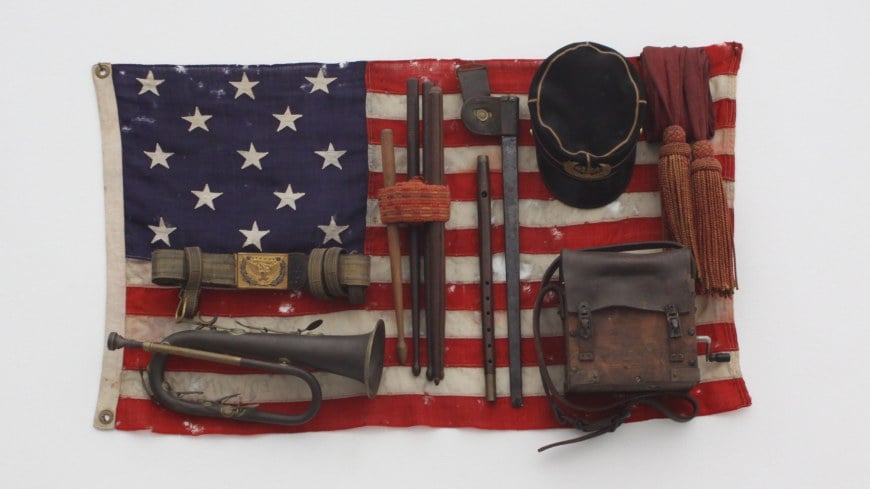
Danh Vo’s She was more like a beauty queen from a movie scene (2009). Courtesy of the collection of Chantal Crousel, photo by Jean-Daniel Pellen, Paris.
9. “Danh Vo: Take My Breath Away” at the Guggenheim Museum
Vietnamese-born Danish artist Dan Vo gets his first US survey show, tackling broad themes such as religion, colonialism, and capitalism through intimately personal works.
Location: The Solomon R. Guggenheim Museum, 1071 Fifth Avenue, between East 88th and East 89th Streets
Price: $25
Time: Monday–Wednesday, Friday, and Sunday, 10 a.m.–5:45 p.m.; Saturday 10 a.m.–7:45 p.m.
—Sarah Cascone
Friday, February 9–Saturday, May 12
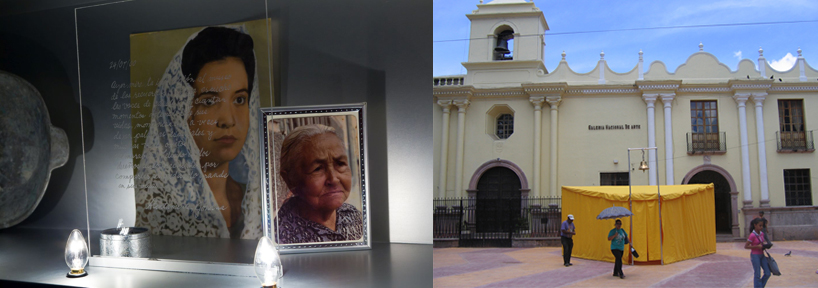
10. “The Schoolhouse and the Bus: Mobility, Pedagogy, and Engagement” at the 8th Floor
Two notable social practice artists, New York’s Pablo Helguera and Los Angeles’s Suzanne Lacy, are brought together for the first time. This show pairs a key work by each artist. Helguera’s School of Panamerican Unrest (2006) and Lacy’s Skin of Memory (1999) both deal with subjects including immigration and community organizing. This is the New York appearance of an exhibition that first appeared as part of the Getty’s “Pacific Standard Time: LALA” initiative.
Location: The 8th Floor, 17 West 17th Street
Price: Free
Time: Opening reception Friday, February 9, 6 p.m.–8 p.m.; Gallery hours Tuesday–Saturday, 11 a.m.–6 p.m.
—Brian Boucher
Sunday, February 11
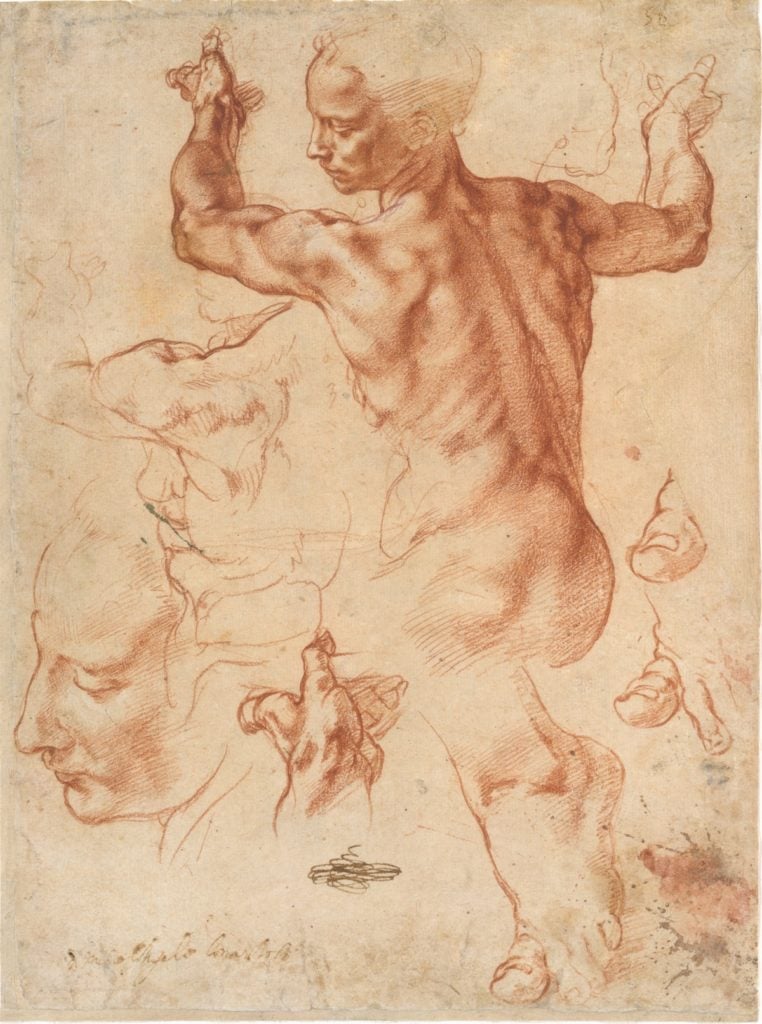
Michelangelo Buonarroti’s Studies for the Libyan Sibyl (recto); Studies for the Libyan Sibyl and a small Sketch for a Seated Figure (verso), (c. 1510–11). Courtesy of the Metropolitan Museum of Art.
11. “Sight and Sound: Shostakovich, Michelangelo, and the Artistic Conscience” at the Metropolitan Museum of Art
In honor of the final days of “Michelangelo: Divine Draftsman and Designer,” on view through February 12, the Orchestra Now, with conductor Leon Botstein and baritone Tyler Duncan, performs Dmitri Shostakovich’s Suite on Verses of Michelangelo. Composed in 1974 in honor of the 500th anniversary of the Renaissance great’s death, the symphonic song cycle sets eleven of Michelangelo’s poems to music.
Location: The Met Fifth Avenue, 1000 Fifth Avenue
Price: $30
Time: 2 p.m.
—Sarah Cascone
Sunday, February 11–Sunday, June 3
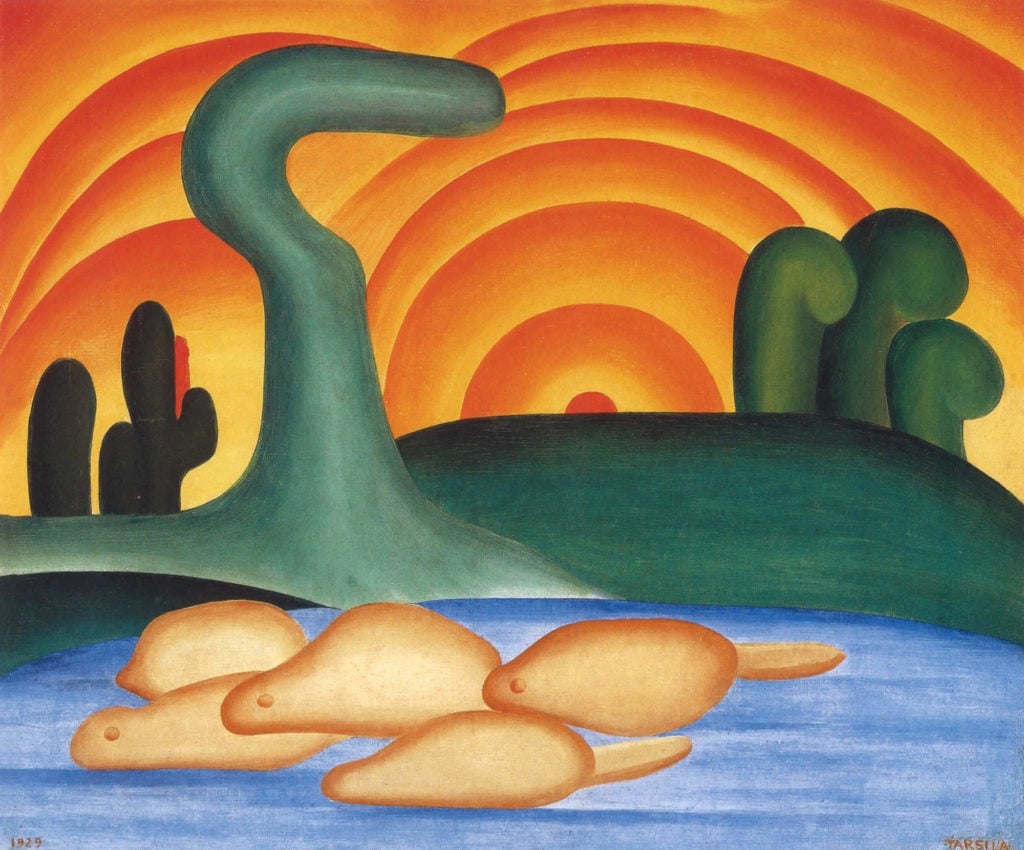
Tarsila do Amaral’s Setting Sun (1929). Photo: © Tarsila do Amaral Licenciamentos.
12. “Tarsila do Amaral” at the Museum of Modern Art
A major figure of Brazilian modernism, Tarsila do Amaral totally redefined Brazilian art with her colorful abstracted landscapes, and laid the foundations for the radical work abstract and Neo-Concretist Brazilian movements of the 1960s. The show aims to simultaneously introduce her work to North American audiences and look back at the roots of Brazilian modernism that led to the emergence of Lygia Clark, Lygia Pape, and Hélio Oiticia, all of whom had museum shows in the city last year.
Location: The Museum of Modern Art, 11 West 53rd Street
Price: $25
Time: Monday–Sunday 10:30 a.m.–5:30 p.m.; open until 8:00 p.m. on Fridays
—Henri Neuendorf
Through Wednesday, February 28
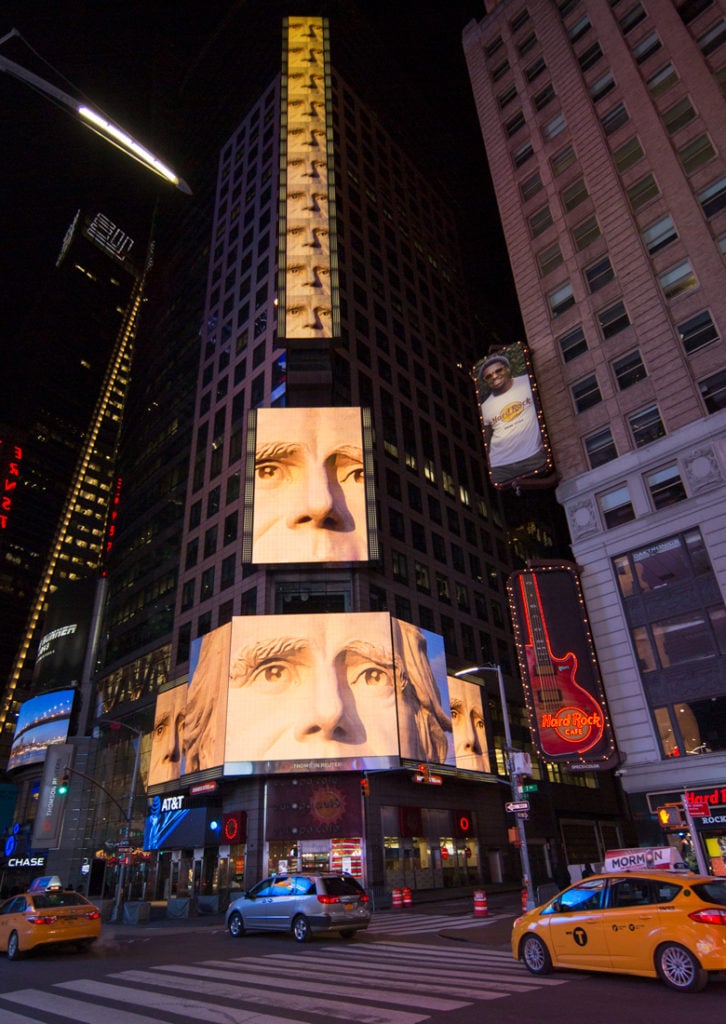
February’s Midnight Moment: Tali Keren and Alex Strada’s Save the Presidents. Photo courtesy of the artists.
13. Tali Keren and Alex Strada, Save the Presidents in Times Square
With Washington’s and Lincoln’s birthdays, as well as President’s Day, falling in February, Tali Keren and Alex Strada’s Save the Presidents is a fitting artwork for this month’s Midnight Moment video, shown on billboards across Times Square for three minutes before the start of each day. The artists’ surprisingly moving piece, presented in conjunction with Socrates Sculpture Park in Queens, documents a set of 43 monumental busts of former American Presidents, rescued from a shuttered sculpture park in Williamsburg, Virginia, by the man hired to demolish them.
Location: On billboards in Times Square
Price: Free
Time: 11:57 p.m.–12 a.m.
—Sarah Cascone